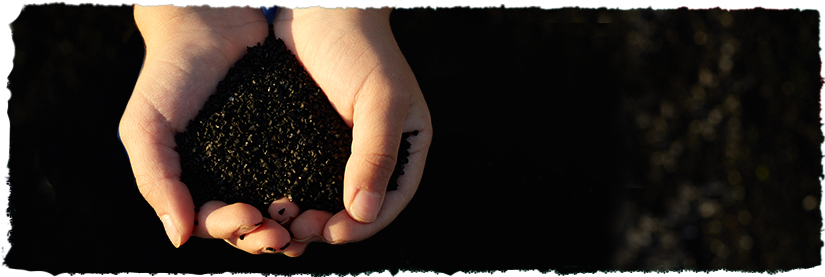What to know
ATSDR, in coordination with the U.S. Environmental Protection Agency (EPA) and Consumer Product Safety Commission (CPSC), released the first of two research reports on recycled tire crumb in artificial turf.

Federal Research Action Plan
ATSDR, in coordination with the U.S. Environmental Protection Agency (EPA) and Consumer Product Safety Commission (CPSC), released the first of two research reports on recycled tire crumb in artificial turf.
More than 12,000 synthetic turf fields exist in the United States, and 1,200 or more of these fields are being installed each year. Rubber granules from recycled tires often fill in the fields. When news reports and personal stories suggested a connection between artificial turf fields with crumb rubber infill and cancer clusters in athletes who played on the fields, the White House requested a multi-agency investigation.
Launched in 2016, the Federal Research Action Plan on Recycled Tire Crumb Used on Playing Fields and Playgrounds (FRAP) sought to find out what is in tire crumb rubber and how people make contact with the material on synthetic turf fields.
FRAP's exposure-focused research is being released in two parts. The first part on tire crumb characterization was released in July 2019. The second report on human exposure is forthcoming. The exposure characterization activity is focused on adults' and children's activities on synthetic turf fields that may affect their potential exposures to chemicals.
ATSDR also plans a follow-up biomonitoring study of 150 turf field users and 50 natural grass field users. All research efforts will provide a better understanding of potential exposures that athletes and others may experience when playing on synthetic turf fields containing recycled tire crumb.
Return to Stories from the Field Index

